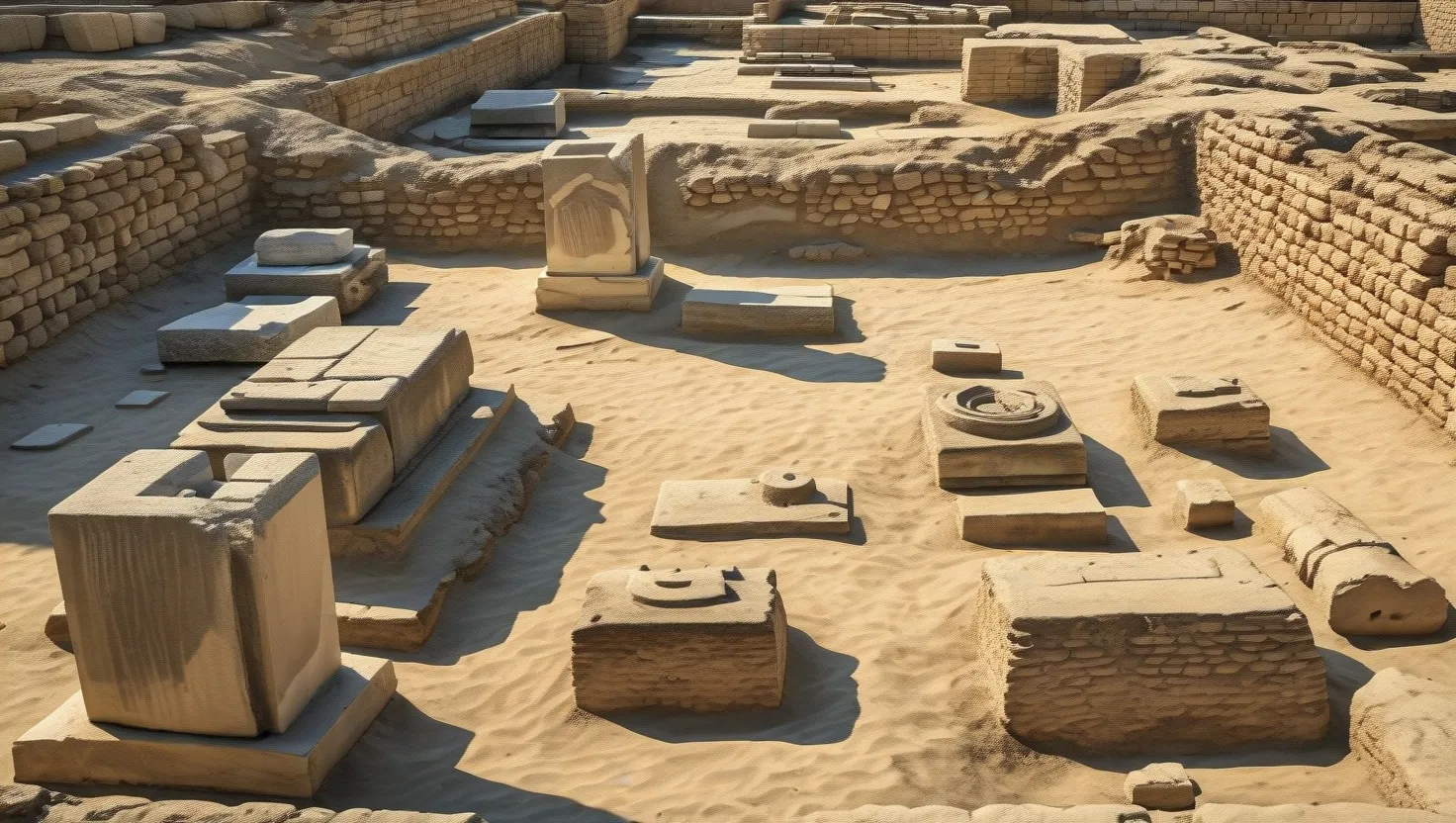As we venture deeper into space, the challenges of manufacturing and handling materials in microgravity environments become increasingly complex. One innovative technique that is gaining significant attention is acoustic levitation, a method that uses sound waves to manipulate objects in a contactless manner. This technology has the potential to revolutionize how we build and repair in space, and it’s an area of research that is both fascinating and crucial for future space missions.
Acoustic levitation works by utilizing high-intensity sound waves to create areas of high and low pressure in a medium, such as air or another fluid. These pressure fluctuations form standing waves, with nodes and antinodes that can trap objects, suspending them in mid-air. This technique is particularly useful in space where gravity is minimal or nonexistent, as it allows for the handling of delicate objects without the risk of surface contamination or damage.
In the context of space manufacturing, acoustic levitation is being explored as a key tool for additive manufacturing processes, such as selective laser melting (SLM). On Earth, SLM relies heavily on gravity to keep the powder and printed parts in place, but in microgravity, this is not possible. Here, acoustic levitation steps in as a fixtureless handling mechanism, enabling the manipulation of powder materials and the fusion of raw material with the print part in a continuous manner.
Experiments conducted in drop tower facilities and other microgravity environments have shown promising results. Researchers have successfully manipulated polymer powders using acoustic fields, melting the levitated material in the process. These experiments are crucial for understanding how to handle and process materials in the unique conditions of space. For instance, the challenge of positioning smaller objects near larger ones without disrupting the acoustic field is being addressed through advanced control strategies and the use of stereo cameras combined with computer vision.
The implications of this technology are vast. For long-term space missions, the ability to manufacture and repair components on-site could significantly reduce reliance on supply deliveries from Earth. This not only cuts costs but also enables a faster response to unforeseen issues, enhancing the sustainability and independence of space missions. Imagine a future where lunar or Martian colonies can produce their own materials and tools without waiting for resupply missions from Earth; it’s a scenario that brings us closer to true self-sufficiency in space.
Acoustic levitation is not just limited to manufacturing; it also has applications in the study of materials that are difficult to handle in traditional gravity-bound environments. For example, foams, which are complex mixtures of bubbles and liquids, can be levitated and studied in detail without the interference of gravity. This has led to insights into the behavior of foams as viscoelastic solids, which could have implications for a wide range of industrial and scientific applications.
The technology itself is evolving rapidly. Phased Array Ultrasonic Transducers (PATs) are being used to create complex sound fields that can levitate multiple particles simultaneously. These arrays can be controlled to adjust the phase and magnitude of the sound waves, allowing for dynamic reconfigurability and higher resolution. Additionally, 3D-printed components are being used to create acoustic holograms or metasurfaces that can manipulate sound waves with even greater precision.
In the future, we can expect to see acoustic levitation play a critical role in the construction and resource utilization of off-world colonies. On the Moon or Mars, where gravity is significantly weaker than on Earth, this technique could be used to handle and process raw materials extracted from the local environment. This in-situ resource utilization (ISRU) is a key component of sustainable space exploration, as it reduces the need for transporting materials from Earth.
Moreover, acoustic levitation could enable new forms of construction in space. Imagine building structures without the need for traditional scaffolding or support systems, where materials are manipulated and assembled using sound waves. This could lead to novel architectural designs that are not possible in Earth’s gravity.
The integration of acoustic levitation with other technologies, such as 3D printing, is also an exciting area of research. Companies like Boeing are already exploring the concept of 3D printing while levitating objects, which could revolutionize the way we construct complex components in space.
As we continue to push the boundaries of what is possible in space, technologies like acoustic levitation are becoming increasingly important. They offer a glimpse into a future where space manufacturing is not just a necessity but a norm, where we can build, repair, and sustain ourselves in the vast expanse of space without the constraints of Earth’s gravity.
In conclusion, acoustic levitation is more than just a novel technique; it’s a game-changer for space manufacturing. It represents a significant step forward in our ability to manipulate and process materials in microgravity environments, paving the way for more sustainable, independent, and advanced space missions. As we look to the future, it’s clear that the use of sound waves to defy gravity will play a pivotal role in how we explore, build, and thrive in space.






